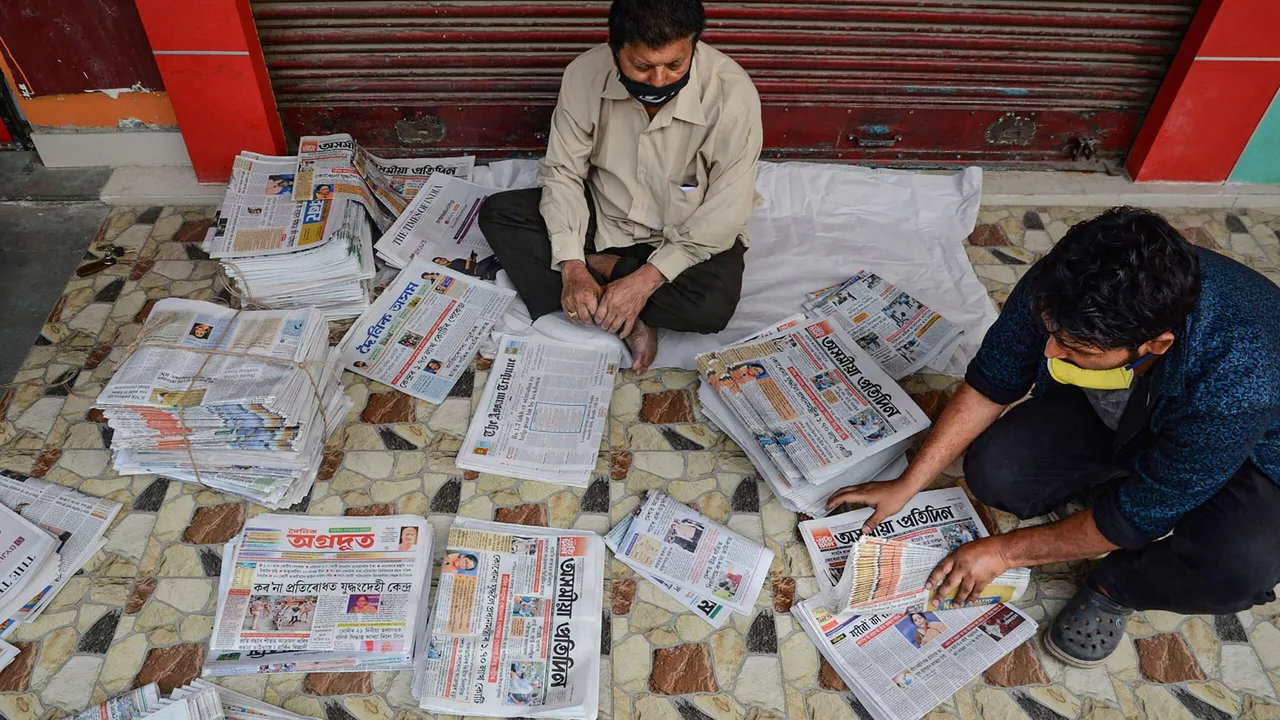Is The Times of India Authentic? A Straight‑Talk Media Analysis
When you pick up a newspaper, you expect the facts to be solid. The Times of India (TOI) claims that spot, but does it live up to it? Below we unpack the real story behind India’s biggest English daily, so you can decide for yourself.
History and Ownership
TOI started publishing in 1838, making it the oldest English‑language newspaper in India. That long run gives it a lot of weight, but it also means the paper has changed hands many times. Today the Bennett, Coleman & Co. group—often shortened to the BCCI—owns TOI. The group runs a sprawling media empire that includes TV channels, magazines, and digital platforms. This concentration of power can shape editorial direction, especially when big advertisers or political allies are involved.
Credibility in Practice
Credibility isn’t just about history; it’s about daily output. TOI’s fact‑checking record is mixed. Major stories—like election results or major court rulings—usually get reported accurately and quickly. However, the paper has faced criticism for sensational headlines, especially in its entertainment sections. Those “click‑bait” pieces can blur the line between hard news and gossip, making some readers question the overall trustworthiness.
Another angle is how TOI handles corrections. When a mistake slips through, the paper does publish a correction, but the notice often appears in a small box at the bottom of the next edition. That practice satisfies the letter of journalistic standards but may not satisfy a reader looking for a clear, prominent apology.
Reader perception also matters. Surveys in major cities show that a sizable chunk of the audience still regards TOI as a reliable source for national news. Younger readers, however, tend to cross‑check headlines on social media before sharing. This habit reflects a broader shift toward digital verification, a trend TOI is trying to catch up with by expanding its online fact‑checking team.
Comparing TOI with other Indian dailies like The Hindu or Indian Express can be illuminating. The Hindu leans heavily on in‑depth analysis and rarely ventures into sensationalism, while Indian Express focuses on investigative pieces. TOI, by contrast, balances hard news with lifestyle content, aiming for a broader audience. That strategy boosts circulation numbers but can dilute the perception of serious journalism.
So, what should a regular reader take away? First, treat TOI’s headlines with a healthy dose of skepticism, especially when they promise a shocking revelation. Second, use the paper’s online version to verify facts—many articles now link to source documents or official statements. Third, compare the story with at least one other reputable outlet before forming a firm opinion.
Bottom line: TOI isn’t a fake newspaper, but it isn’t a flawless one either. Its long pedigree gives it credibility, yet its commercial pressures sometimes push it toward sensationalism. By staying alert and cross‑checking information, you can enjoy the paper’s extensive coverage without falling into misinformation traps.

Is The Times of India an authentic newspaper?
Alright, folks, let's dive into a spicy topic - The Times of India. Is it authentic? Well, buckle up for a roller-coaster ride of facts! Some say it's as authentic as your grandma's secret lasagna recipe, others claim it's more like a Hollywood movie plot. It's got its fair share of critics and supporters, like a celebrity in a fashion faux pas. But hey, in a world where even your cat's Instagram profile needs fact-checking, The Times of India still holds a strong reputation for being genuine. After all, it's not the oldest English-language newspaper in India for no reason!
Read More